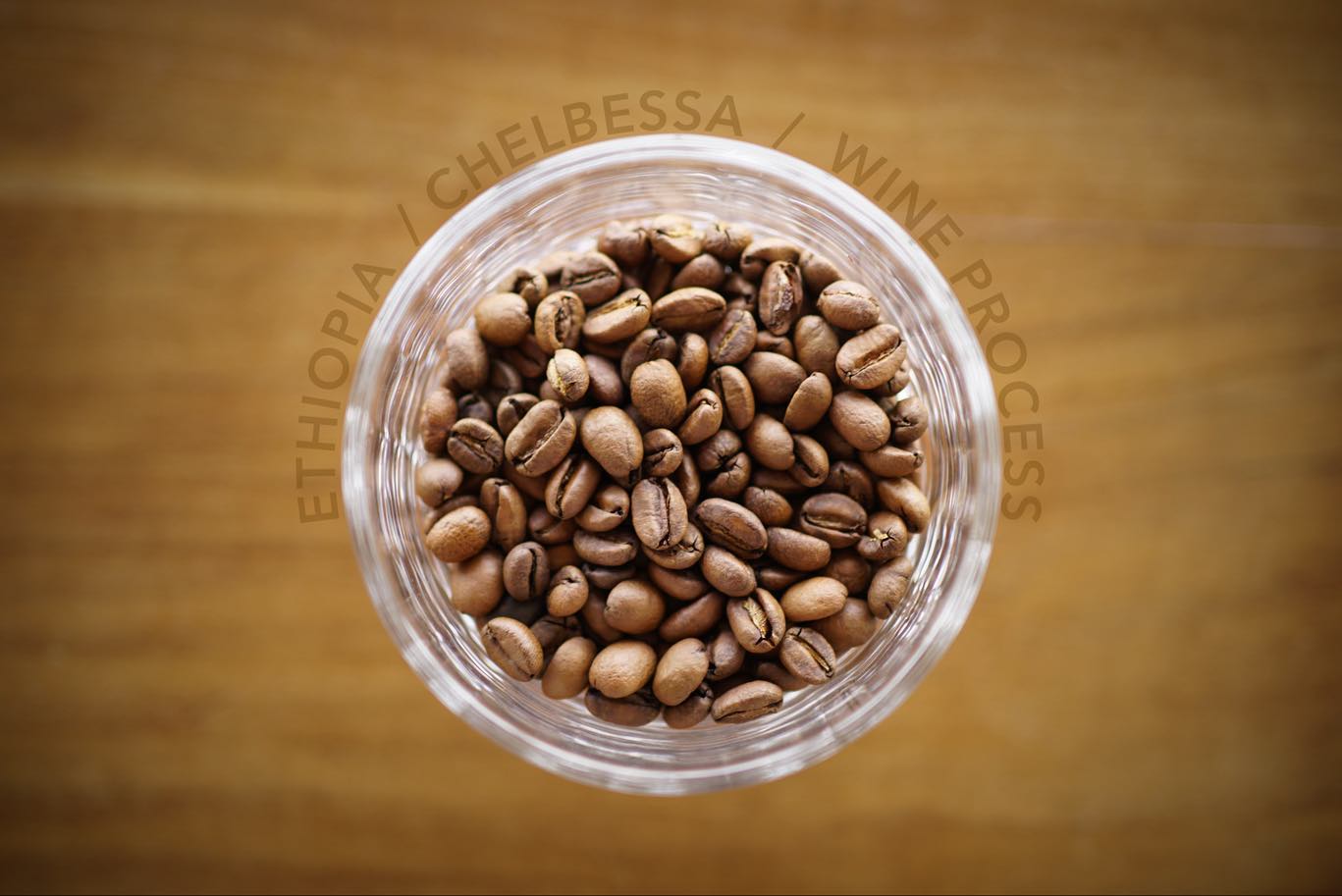Pressure plays a crucial role in the coffee-making process, particularly in high-end machines that are designed to produce espresso. Espresso is a concentrated coffee beverage that is brewed by forcing hot water through finely ground coffee under high pressure. Here’s an exploration of the role of pressure in coffee making, especially in the context of high-end espresso machines:
**1. Espresso Brewing Process:
- Finely Ground Coffee: Espresso is typically made using a fine grind of coffee beans.
- Tamping: The coffee grounds are tightly packed (tamped) into a portafilter to create a uniform surface.
- High Pressure Brewing: Hot water is then forced through the tightly packed coffee grounds under high pressure, usually between 9 and 15 bars.
**2. Pressure Measurement:
- Bars of Pressure: Pressure in coffee machines is often measured in bars, with 1 bar equivalent to atmospheric pressure at sea level. Espresso machines typically operate within the range of 9 to 15 bars.
**3. Role of Pressure in Espresso Extraction:
- Emulsification and Extraction: High pressure is crucial for extracting flavors, oils, and aromas from the coffee grounds. The pressure emulsifies the oils, creating the rich and creamy texture associated with espresso.
- Extraction Time: The high pressure allows for a rapid extraction of flavors, typically taking 25 to 30 seconds for a standard shot of espresso.
**4. Crema Formation:
- Crema: The layer of crema, a golden-brown froth that sits atop a well-brewed espresso, is a result of the high-pressure extraction process.
- Indicator of Quality: Crema is often considered an indicator of the freshness and quality of the coffee.
**5. Pressure Profiling:
- Variable Pressure: Some high-end espresso machines offer pressure profiling, allowing users to adjust the pressure during different stages of the extraction process.
- Customization: Pressure profiling can be used to customize the flavor profile of the espresso, highlighting specific notes or characteristics in the coffee.
**6. Steam Pressure in Espresso Machines:
- Milk Frothing: In addition to brewing pressure, espresso machines also use steam pressure for frothing milk. This is crucial for preparing milk-based drinks like lattes and cappuccinos.
- Microfoam: The steam pressure is used to create microfoam, a velvety and creamy froth that enhances the texture of milk-based espresso beverages.
**7. Differences in Pressure among Machines:
- Variation in Bars: While traditional espresso machines operate in the 9 to 15 bars range, there can be variations among different machines.
- Pod and Capsule Machines: Some coffee machines, like pod or capsule machines, may operate at lower pressures.
**8. Impact on Flavor and Body:
- Extraction Quality: The quality of the extraction, influenced by pressure, affects the flavor, aroma, and body of the espresso.
- Balancing Act: Achieving the right balance in pressure is crucial to avoid under-extraction or over-extraction, which can result in undesirable flavors.
**9. Maintenance of Machines:
- Pressure Maintenance: Regular maintenance is essential to ensure that the espresso machine maintains the correct pressure for optimal brewing.
- Descaling: Descaling is often required to prevent the buildup of mineral deposits that can affect pressure and performance.
**10. Beyond Espresso Machines:
- Alternative Brewing Methods: While high pressure is a key element in traditional espresso, other brewing methods, such as AeroPress or pour-over, do not rely on high pressure.
- Specialty Coffee: The specialty coffee industry often explores different brewing parameters, including pressure, to highlight unique flavors in coffee.
**11. Considerations for Home Baristas:
- Understanding Settings: For individuals using high-end espresso machines at home, understanding the pressure settings and experimenting with different profiles can enhance the coffee-making experience.
- Adjusting for Coffee Varieties: Different coffee varieties may benefit from adjustments in pressure to bring out their distinctive flavors.
**12. Educational Resources:
- Courses and Workshops: Baristas and coffee enthusiasts can take courses or attend workshops to deepen their understanding of the role of pressure in espresso extraction.
Pressure is a critical element in the art and science of espresso brewing. High-end espresso machines leverage pressure to extract the full range of flavors from finely ground coffee, producing a concentrated and aromatic shot of espresso. Understanding the impact of pressure, experimenting with pressure profiling, and maintaining the equipment properly contribute to the artistry of crafting the perfect espresso.

